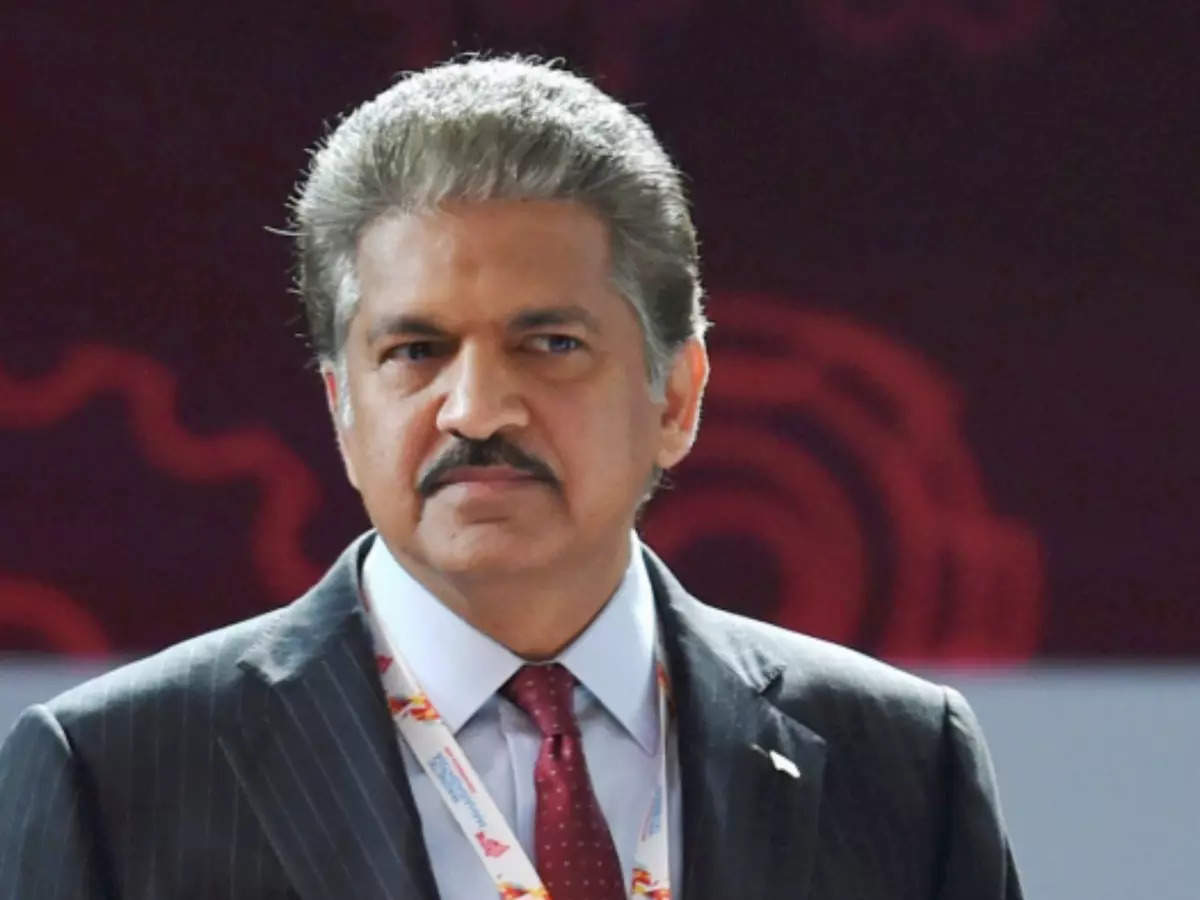Read by: 100 Industry Professionals

Commenting on India’s road network, business tycoon Anand Mahindra said that he was surprised to learn that India has overtaken China. And India edging closer the the US, which has the highest road network in the world. The chairperson of Mahindra group is also optimistic that Nitin Gadkari, the union minister of road transport and highways, would be eying the top spot in the world.
“I was happily surprised to see that we are ahead of China. That must be because the western half of China is sparsely inhabited. More interesting is that we’re within striking distance of the USA. I m sure Gadrarij can set a goal to overtake the U.S not too long from today,” he said in a post on social network X, citing data from The World Ranking, which showed India had a road network of 67 lakh km as compared to 68.32 lakh km of US and China’s 52 lakh km.
Many netizens commented on Mahindra’s post. “Commendable. Perhaps we also need to concentrate on road signage, rest rooms, etc. Similarly, intracity roads need some attention too. Most importantly however, we Indians need to show better road sense,” said an user.
“Great indeed but what we now need is similar quality road infra enabling last mile connectivity for efficient transportation, rapid industrialisation & supply chains. Vietnam is a good example, their Infra from roads, ports, general facilities is world-class easily 10 years ahead,” said another user.
In June last year, union minister Nitin Gadkari, speaking about the achievements of the Modi government, said that in nine years the total length of National Highways in India has surged by approximately 59% over the past nine years, making the country possess the second-largest road network globally, following the United States. “The National Highways’ total length was 91,287 km in 2013-14, and it has now reached 1,45,240 km in 2022-23, reflecting a growth of more than 59% during this period,” he said.
He also said that extension of 4-lane National Highways has nearly doubled over the same timeframe, rising from 18,371 km in 2013-14 to 44,654 km in the last nine years.
Gadkari also attributed the significant increase in toll collection to the implementation of FASTag. He noted that toll revenues escalated from Rs 4,770 crore in 2013-14 to Rs 41,342 crore in 2022-23. The government aims to further boost toll revenue to Rs 1,30,000 crore by 2030. Additionally, he highlighted the substantial reduction in waiting times at toll plazas, dropping from 734 seconds in 2014 to 47 seconds in 2023, with a goal to bring it down to 30 seconds soon.
The minister also mentioned the successful launch of bonds under the Infrastructure Investment Trust (INVIT) model, garnering significant investor interest.
Under the Bharatmala Pariyojana, the construction of India’s largest expressway, the 1,386 km long Delhi-Mumbai Expressway, is underway, with the Delhi–Dausa–Lalsot section already open to the public.

